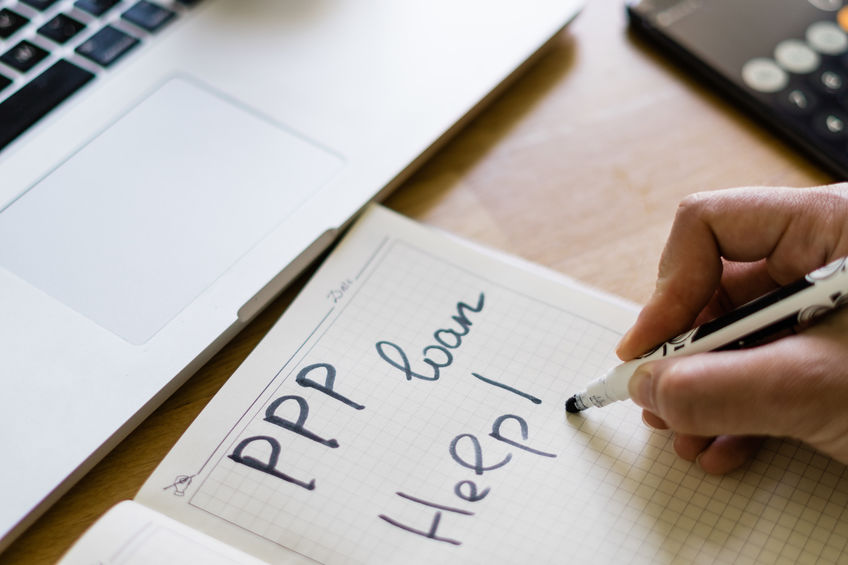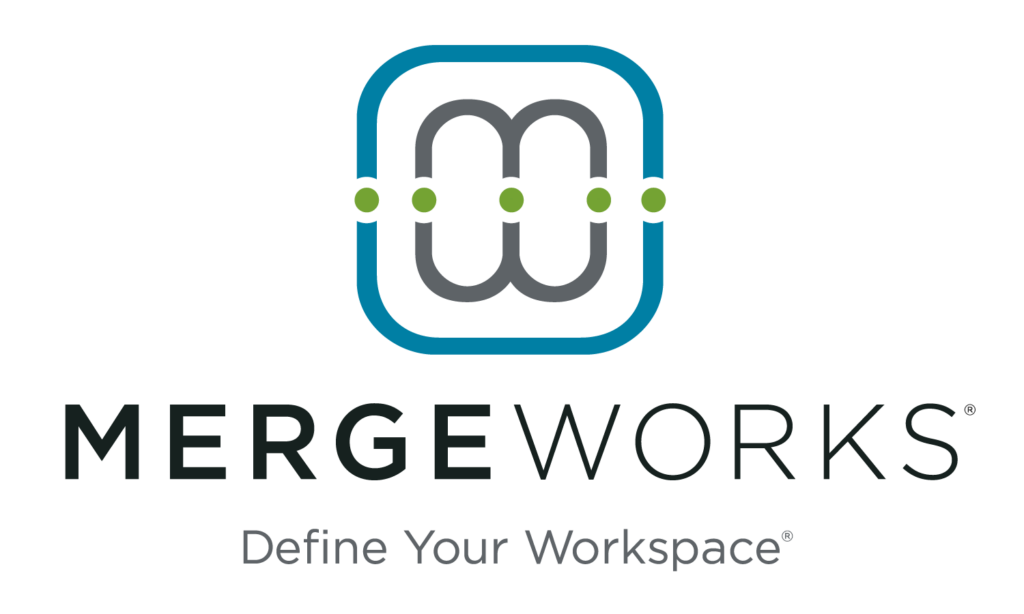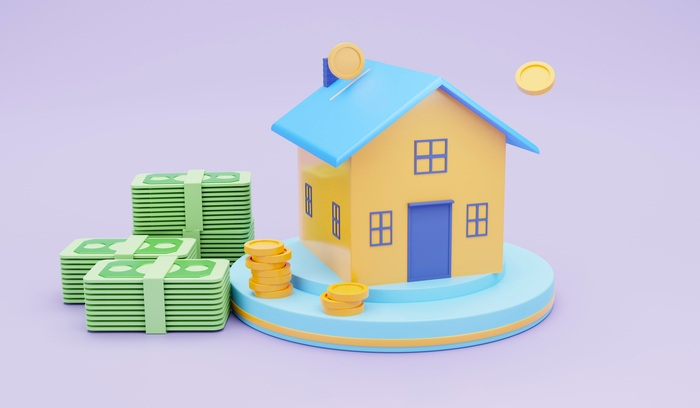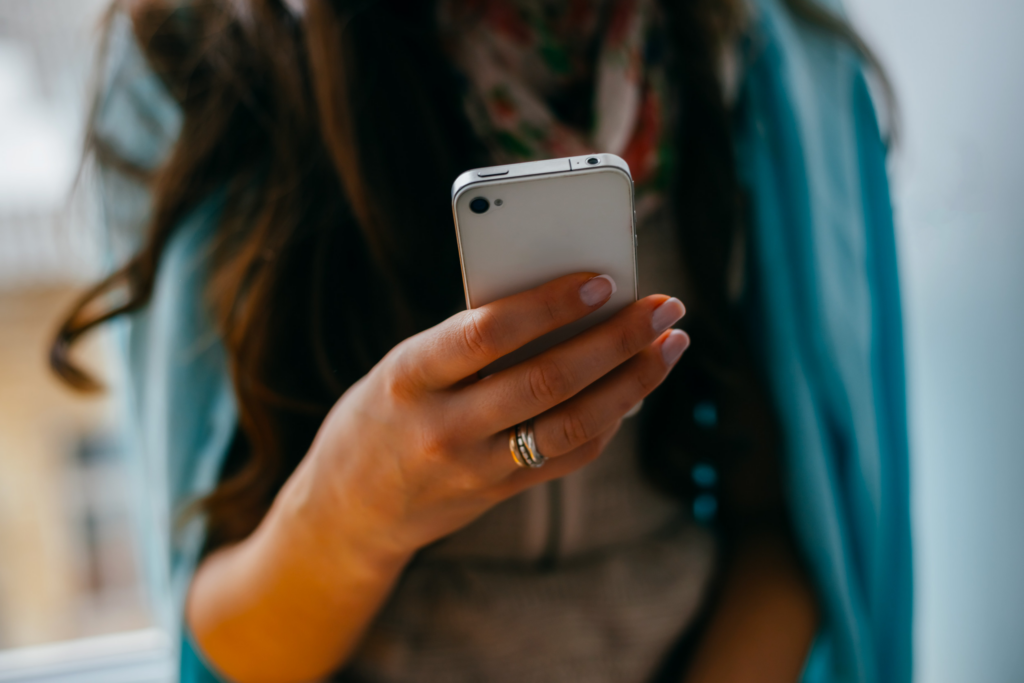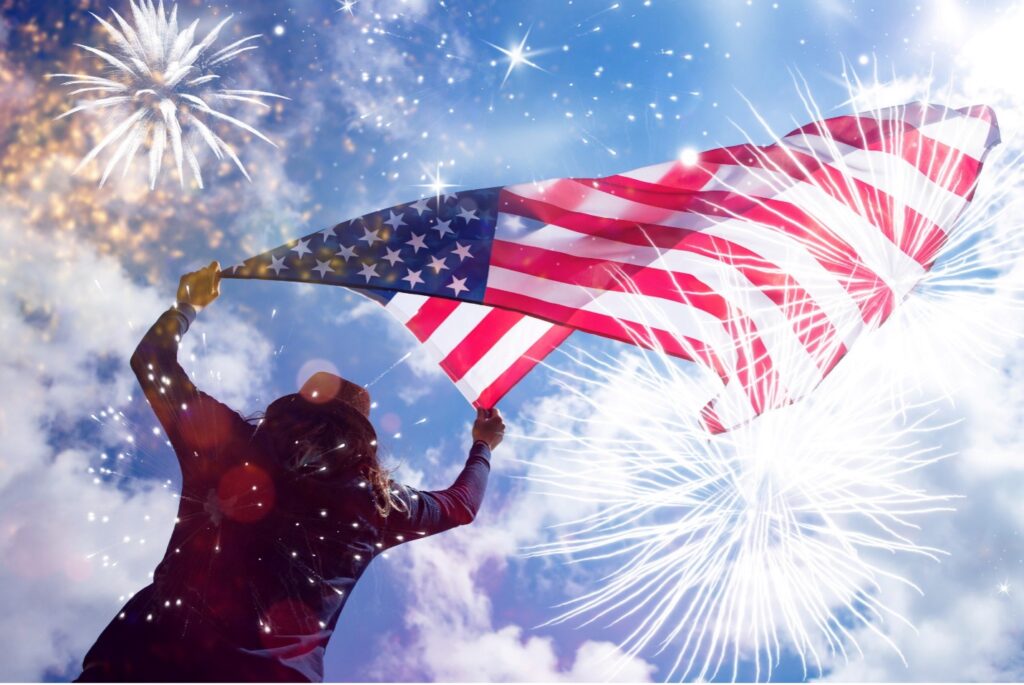Are you ready for more Paycheck Protection Program (PPP) money? The Small Business Administration (SBA), in consultation with the U.S. Treasury Department, has opened up what it’s calling ‘Second Draw PPP Loans’ as of January 13, 2021.
These loans are available to qualifying small businesses (whether or not they previously had received a PPP loan) if those borrowers:
- Have or will have used the full amount of their first PPP loan for authorized expenses.
- Have 300 or fewer employees.
- Can demonstrate at least a 25% reduction in gross receipts between comparable quarters in 2019 and 2020.
According to the SBA, Second Draw PPP Loans can be used to fund payroll costs (including benefits) and to pay for mortgage interest, rent, utilities, worker protection costs related to COVID-19, uninsured property damage costs caused by looting or vandalism during 2020, and certain supplier costs and expenses for operations. The U.S. Chamber of Commerce points out that to receive loan forgiveness, 60% of the loan must be used for payroll and 40% can be used for the additional expenses listed above, which, when expanded, include:
- Operations expenses, including cloud computing services, business software, human resources and related costs.
- Supplier costs, including payments that go to suppliers who provide essential goods.
- Worker protection expenses, including personal protective equipment (PPE), drive-thru windows, sneeze guards and outside dining enclosures.
- Covered property damage costs, including costs related to civil unrest that occurred in 2020 that were not covered by insurance.
Borrowers can apply for a Second Draw PPP Loan until March 31, 2021, through any existing SBA 7(a) lender or federally insured bank, credit union, non-bank lender, or Farm Credit System institution participating in PPP.
This time around, the SBA says it is taking steps to “improve loan reviews so that small businesses have as much time as possible to access PPP funds.”
“While reviewing the initial draw of PPP loans, anomalies – mostly data mismatches and eligibility concerns – were identified in approximately 4.7% of the lender-submitted data. These concerns will require follow-up between the lender and the borrower so that borrowers can access a second round of loans,” the SBA recently stated.
“The SBA is also committed to addressing issues more efficiently moving forward, to ensure fair and equitable access to small businesses in every community,” adds SBA Acting Administrator Tami Perriello.
Reading between the lines, the Journal of Accountancy recommends that borrowers “be aggressive…to get applications filled out in a timely fashion. They will need to be patient, as [the SBA] and Treasury may take more time than in the past to screen applications and reduce the risk of fraud. Finally, borrowers will need to be vigilant and watch for changes to guidance that might affect their applications, funding, or loan forgiveness.”
Other changes include the qualification of certain 501(c)6 non-profits, including chambers of commerce, housing cooperatives, and local news media organizations. Small businesses and non-profits have other options as well, including COVID-19 Economic Injury Disaster Loans (EIDL) and various government and corporate grants.
And don’t forget, the taxability of forgiven PPP loans has changed for the better. Feel free to contact us with questions.

